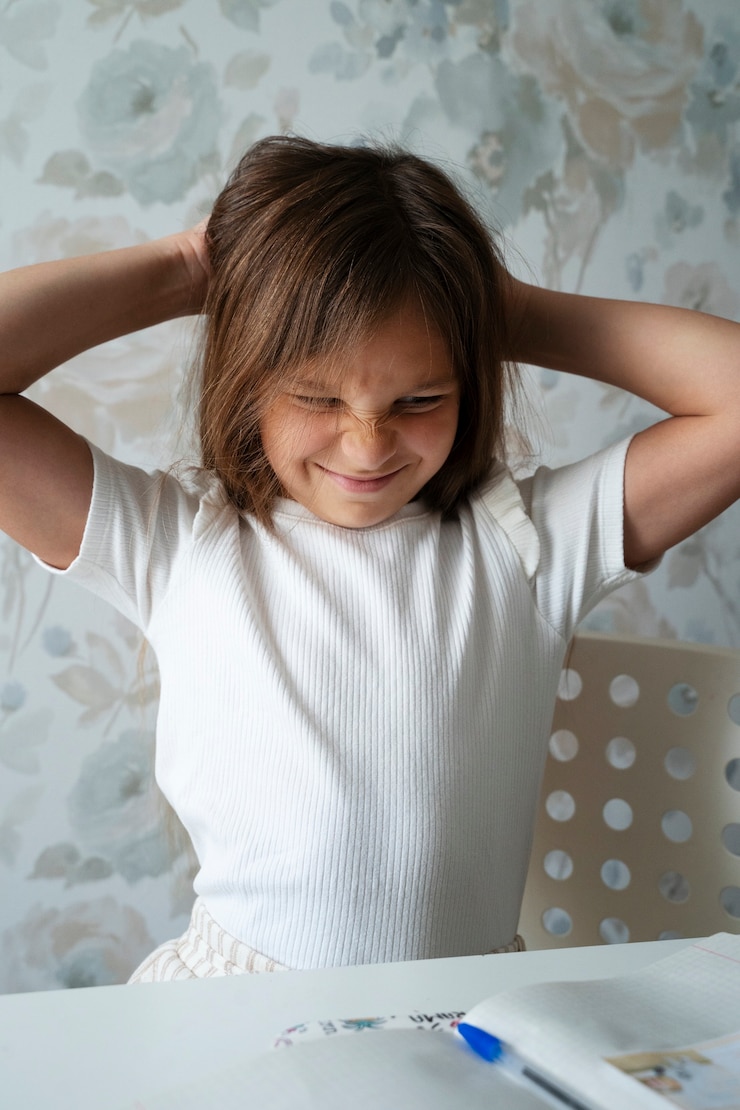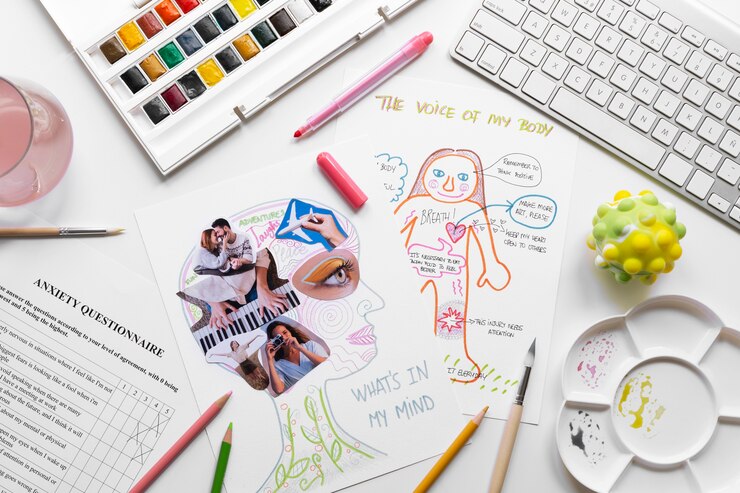
Inside: Discover 11 Strategies to Safeguard Your Child’s Mental Health in a Hectic World and Understand Why Their Emotional Well-Being is Just as Crucial as Academics.
Our brains weren’t built to handle the intense stress and anxiety of today’s world, and this is even truer for children whose minds are still growing. As I send my 8-year-old into an education system with skyrocketing academic expectations, behavioral rules, and drills for active shooter scenarios, it feels overwhelming. The increased use of technology, social media pressures, and real safety threats make sending my middle schoolers to school feel downright frightening.
I strive to create an emotionally secure and safe space for my kids at home. I can’t recall another time when the world seemed so stressful, and this energy inevitably seeps into our homes. It’s vital to do what I can to protect their emotional health while they’re still under my care.
I understand that if my 10-year-old is anxious, she won’t be able to concentrate on schoolwork for long. And if my sensitive 8-year-old absorbs too much negativity, he might frequently complain about being hungry or having a stomach ache, signs of anxiety.
Many parents only seek support once their child visibly struggles. But why wait? Proactive strategies can help reduce stress and prevent anxiety from taking hold. Your emotional tone and presence guide your child, so it’s important to practice self-awareness and manage your stress to take care of yourself, both physically and emotionally.
My 8-year-old has cried many times over minor issues like logging into a device or finding her toothbrush. Like adults, children experience intensified emotions. Although you’d love for your child to communicate clearly, their feelings often come out as arguments or tears. Rather than reacting to the surface behavior, realize it might stem from accumulated emotions. Providing comfort and support is always more beneficial than criticism.
To prevent emotions from boiling over, regularly check in with your child. Ask how they’re handling ongoing changes; this helps create a safe space for them to express worries. Normalize their emotional experiences to reduce stress and teach them to accept and process their feelings.
Physical activity is crucial for reducing stress in children. It helps calm the brain’s emotional areas while strengthening parts responsible for focus and decision-making.
Be cautious of exposing children to distressing news and screen content, as it can induce fear and anxiety. Children might process violent content as if experiencing it firsthand, overwhelming their developing brains.
Although we’re at home more often, nature offers incredible benefits. Spending time outdoors is a powerful way to help kids cope and can improve mood and stress management.
Listening to your child’s concerns, whether big or small, shows them they are valued. Just like you might feel out of control during these times, children do too. Offering them chances to make decisions can fulfill their need for autonomy.
Remember, children’s brains are still developing and process information differently. Share only essential, age-appropriate facts about troubling news to avoid causing unnecessary anxiety. Start difficult conversations with open-ended questions like, “What have you heard about this?”
The most effective way to provide safety and calm is through daily connection. Truly engage with your child, whether it’s playing a game they choose, listening to them, or sharing a quiet moment together. Play is not only essential for stress release but also supports social and emotional growth in your child.
Feeling part of a community is vital for emotional health. Simple activities like calling a grandparent or making cards for neighbors foster interconnectedness and cultivate empathy and compassion while reducing depression and anxiety.
In our fast-paced world, your child’s emotional health is crucial. The emotional environment you create at home, along with daily actions to ensure their safety and comfort, significantly contributes to their well-being now and into the future.
This article includes a free printable daily check-in worksheet to help prioritize your child’s emotional health.
Other articles you might enjoy:



